
By Amy Goodman & Denis Moynihan
Philadelphia’s racist past resurfaced in recent weeks, with the public disclosure that the bones of one or two African American children killed by the city’s police in 1985 were being used in an online Princeton University course, “Real Bones: Adventures in Forensic Anthropology,” without the knowledge of their families.
May 13th marks the 36th anniversary of the day the city of Philadelphia bombed its own citizens. On that day in 1985, police surrounded the home of MOVE, a radical Black liberation organization that was defying orders to vacate. Police flooded the home with water, filled the house with tear gas, and blasted the house with automatic weapons, all failing to dislodge the residents. Finally, police dropped a bomb on the house from a helicopter, killing eleven people: six adults and five children. The fire burned an entire city block to the ground, destroying over sixty homes.
An earlier standoff in 1978 ended in a hail of police gunfire, leaving one police officer dead. MOVE members say they didn’t fire a shot and that the officer was a victim of friendly fire. Nevertheless, nine MOVE members were convicted of his murder and given life sentences. One of those MOVE 9 prisoners, Debbie Africa, secretly gave birth in her cell, just five weeks into her sentence. She managed to keep her son, Mike Africa Jr., with her for three days before alerting the guards. Seven of the MOVE 9 are now free, after serving 40 years. Two died in prison.
Last month, Abdul-Aliy Muhammad, a grassroots organizer in Philadelphia, learned that the bones from one or two of the children killed in the 1985 MOVE bombing, Tree and Delisha Africa, were being used by Princeton University, along with the University of Pennsylvania’s Penn Museum of Archeology and Anthropology, in the online course.
“The bones are, we would say, juicy, meaning that you can tell that they are of a recently deceased individual. They have a lot of sort of sheen to them....If you smell it, it doesn’t actually smell bad, but it smells kind of greasy,” Janet Monge, a Penn Museum curator, says in the video, as she handles the bones.
“Tree and Delisha, I knew them both,” Mike Africa, Jr., now in his early 40s, said on the Democracy Now! news hour, responding to the discovery of the bones. “Tree…was very kind, very responsible, always being called on to help with the other kids because she was the oldest.” He continued, “All of us were unconventional orphans…because all of our parents were in prison. Tree’s mother and both of Delisha’s parents were in prison. My parents were too.”
After the conclusion of an official inquiry not long after the bombing, Tree’s remains were reportedly buried along with those of her half-sister Zanetta. According to press reports, the remains of the other children, including Delisha, were later handed over to a state senator who ran a funeral home and had them buried in unmarked graves.
If the bones of Tree and Delisha were buried in 1985, how did they end up in Janet Monge’s hands 36 years later?
Immediately after the bombing, the Philadelphia Medical Examiner brought in Alan Mann, an anthropology professor at the University of Pennsylvania, to help identify the bodies recovered from the rubble of the MOVE house. Janet Monge was a graduate student working under Mann. Mann’s findings were later contradicted by Ali Z. Hameli, a forensic pathologist brought in by the city to conduct a subsequent, in-depth investigation into the remains of the eleven victims. Hameli criticized the Medical Examiner for mishandling the MOVE remains. The medical examiner, for unknown reasons, released some of the remains to Mann. He allegedly kept them for decades, moving from UPenn to Princeton University.
Alan Mann, now retired, first said he didn’t have the bones of Tree and Delisha Africa, then, reportedly, recently transferred them to a funeral home in Philadelphia.
Abdul-Aliy Muhammad learned of the bones, which have been described as an “open secret” in the anthropology community, when trying to facilitate the Penn Museum’s repatriation of skulls of enslaved people held in its Morton Collection. Like Harvard’s 22,000 human remains and The Smithsonian’s estimated 30,000 human remains, The Morton Collection skulls are a grim testament to institutional racism.
“People have been suffering for over 36 years just because of the bombing,” Mike Africa, Jr. said. As to what should happen with the remains of his friends Tree and Delisha, he says, “That will be decided by their parents.” The Philadelphia City Council issued an apology last November for the MOVE bombing. Reparations should be made to the MOVE community for the crimes committed against them, from the beatings, to the bombing, to the bones.

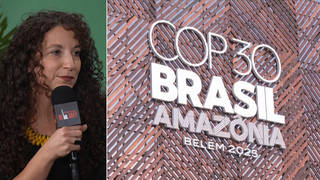
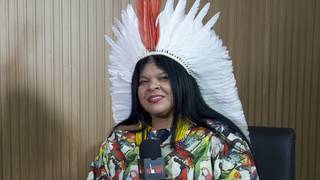
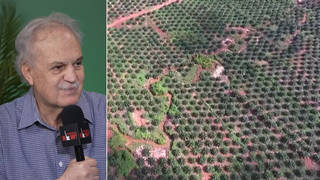
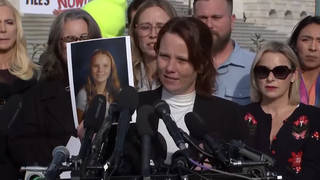





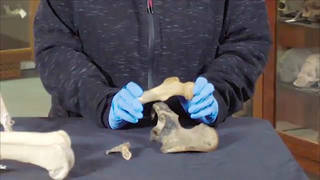
Media Options